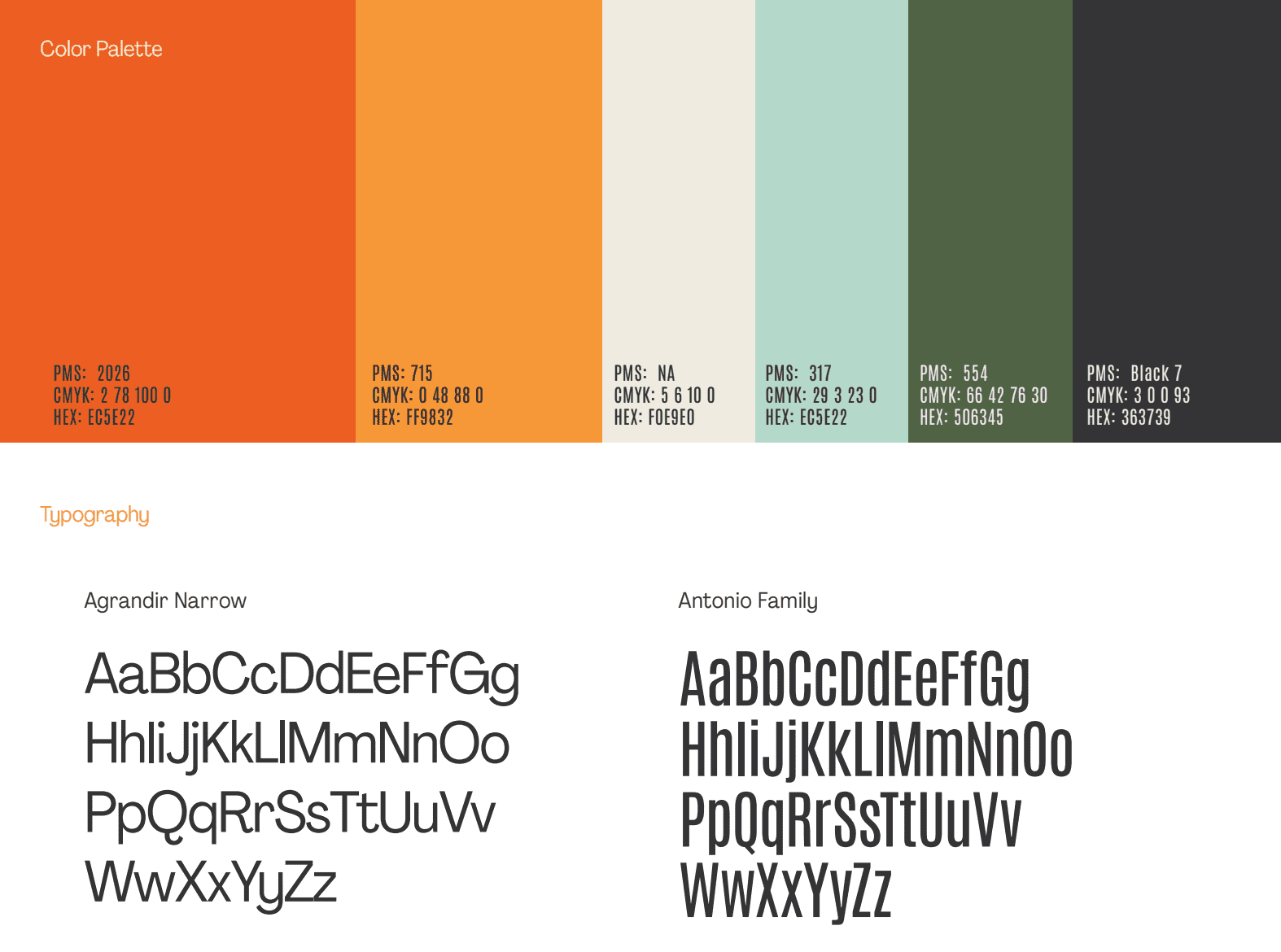In the jungle of business, it’s crucial to have a strong and recognizable brand identity. Enter visual branding – the design elements that create a visual language representing your brand and its personality.
Establishing Brand Identity with Visual Branding
Visual branding is the MVP of brand identity – it’s like your brand’s own personal fashion stylist, giving it a unique look that sets it apart from the crowd. A well-crafted visual identity helps your audience remember and recognize your brand with just a glance.
Think of your brand guide as your visual identity bible – it outlines the design elements that make up your brand’s visual identity, including color, typography, and imagery. By referring to a brand guide, you can ensure all of your marketing materials, from your website to your social media posts, look like they were made by a team of pros (even if it’s just you in your pajamas).
Creating Emotional Connections with Design
Design isn’t just about looking pretty – it’s about creating emotional connections between your brand and your audience. A well-designed visual identity can evoke emotions that resonate with your audience and create a bond that goes beyond a simple transactional relationship.
Let’s take a look at the different elements of visual branding that can be used to build a stronger connection with your audience.
Imagery
One way to create emotional connections with design is by using imagery that aligns with your audience’s aspirations and values.
For example, if you’re promoting travel to your region, you might use beautiful, enticing images highlighting the adventures travelers can experience. This shows off your destination and aligns with your audience’s desire for adventure and experiencing new cultures.
An Instagram post highlighting the Mekong region as a travel destination
Color
Color is another powerful tool for creating emotional connections with design. Different colors evoke different emotions, and choosing the right colors can help create a visual language that resonates with your audience. Blue is often associated with trust and security, while red is associated with excitement and passion. By choosing colors for your brand, you can create an emotional connection with your values and personality.
Typography
Typography is another essential design element that can create emotional connections. The font choice can convey a range of emotions, from playful and whimsical to serious and professional. By selecting a font that aligns with your brand’s personality, you can create a visual language that resonates with your audience and evokes the emotions you want them to feel.

Example color palette and typography from a brand guide
Designing for Brand Recognition
Visual branding is essential for creating brand recognition – it’s like the neon sign that helps your audience find you in a crowded marketplace. A recognizable brand identity makes it easier for your audience to remember and recognize your brand when they see it.
Your logo is one of the most important visual elements of your brand’s identity. A well-designed logo should be simple, memorable, and easily recognizable. It should also reflect your brand’s personality and values. By having a strong logo, you can create a visual representation of your brand that resonates with your audience and creates brand recognition.
For example, Coca-Cola is a brand everyone recognizes immediately. Coca-Cola’s visual branding is timeless and nostalgic, with a classic red and white color scheme and distinctive typography. This design approach aligns with their brand values of happiness, togetherness, and celebration. It’s like every time you see a can of Coke, you can almost hear the sound of the fizz and the happy chatter of friends sharing a drink.
Coca-Cola’s timeless branding on Instagram is immediately recognizable
Using Design to Communicate Your Brand Message
Design can be used to communicate your brand’s message and values. By choosing specific colors, typography, and imagery, you can create a visual language that reflects your brand’s personality and resonates with your audience.
For example, Apple is a brand that uses visual branding that is minimalist and sleek, with clean lines, a limited color palette, and consistent use of typography. This design approach aligns with their simplicity, innovation, and quality brand values. When you see an Apple ad, you just know it’s them.
Design can also be used to express the tone of your brand. Whether you want to be seen as fun and playful or serious and professional, your visual identity can reflect that tone.
Another excellent example of visual branding is Airbnb’s warm, welcoming, and friendly presence. They use playful illustrations, soft colors, and friendly typography to communicate their brand’s values of community, inclusion, and belonging.
Apple’s minimalist design use on Instagram to promote their innovative products
Creating a Visual Brand Strategy
Visual branding is a powerful tool for creating a solid and recognizable brand identity. By using design strategically and following best practices, businesses can create a visual language that represents their brand values and personality, communicates their message, and creates emotional connections with their audience. So, don’t underestimate the power of visual branding and invest in a well-designed visual brand strategy for your business.
At ELMNTL, our branding experts can create a professional and unique branding strategy to set your business apart from the crowd and become a memorable brand. Contact our marketing experts today if you’re ready to develop a strong brand strategy for your business.







